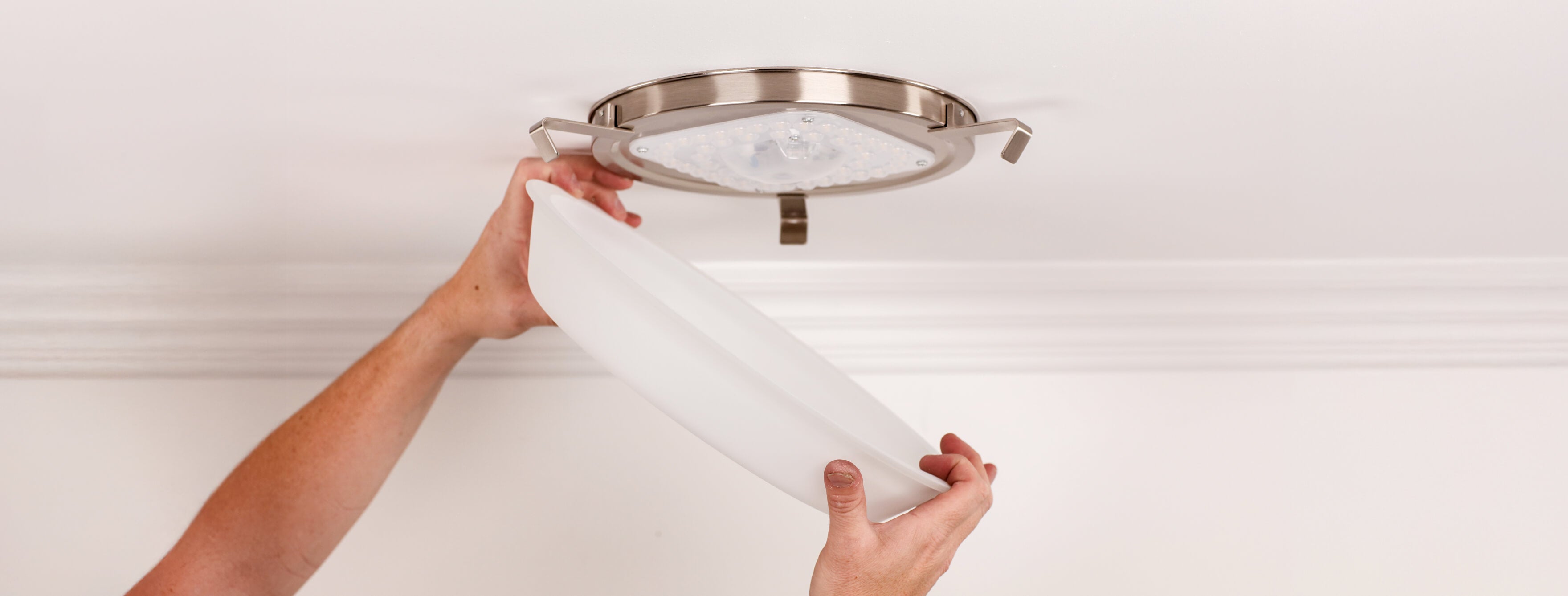For many homeowners, the thought of touching anything electrical sparks instant anxiety. Replacing a light fixture, installing a dimmer switch, or even swapping out an outlet can feel intimidating. But here’s the good news: with the right knowledge and safety steps, you can handle many simple electrical tasks confidently — and safely.
This blog will break down how to take the fear out of common home electrical projects, especially replacing lights, and give you the tools to approach them without second-guessing yourself.
Why Electrical Work Feels Scary
Electricity is invisible, and because we can’t see it, we naturally worry about making a mistake. Add in the possibility of shocks or fire hazards, and it’s no wonder so many people avoid electrical DIY projects altogether.
But the reality is that small jobs, like replacing light fixtures, are very manageable for homeowners. As long as you follow safety protocols, you’ll find that the process is more straightforward than you think.
Step-by-Step: Replacing a Light Fixture
Swapping out a ceiling light, pendant, or wall sconce is one of the most common beginner-friendly electrical tasks. Here’s a simplified step-by-step approach:
-
Turn Off the Power
Go to your breaker panel and switch off the circuit that powers the fixture. Double-check by flipping the light switch to make sure it no longer works. -
Remove the Old Fixture
Unscrew the fixture base and carefully lower it, exposing the wires. Take note of how they’re connected (a quick phone photo helps). -
Disconnect Wires
Typically, you’ll find a black (hot), white (neutral), and green or bare copper (ground) wire. Unscrew the wire connectors to separate them. - Install the New Fixture (Correct Order)
- First, connect ground to ground (green or bare copper).
- Next, connect white to white (neutral).
-
Finally, connect black to black (hot).
Use new wire connectors to secure them, and gently tug to confirm they’re tight. -
Secure and Test
Attach the fixture base, add bulbs, restore power at the breaker, and test your new light.
DIY Tip: If your home has aluminum wiring or unusually colored wires, stop and call a licensed electrician for guidance.
Other Common Electrical Worries (and How to Handle Them)
1. Installing a Dimmer Switch
Fear Factor: “What if I wire it wrong and fry the circuit?”
Reality: Modern dimmer switches come with clear instructions and color-coded wires. As long as the power is off and you match wires correctly, the job is beginner-friendly.
2. Replacing Outlets
Fear Factor: “I’ll get shocked if I touch the wrong thing.”
Reality: With the power off at the breaker, there’s no current. It’s just about swapping wires from the old outlet to the new one in the same configuration.
3. Loose Light Switches or Outlets
Fear Factor: “It’s sparking — my house will catch fire!”
Reality: In most cases, sparks come from loose connections. Turning off the power, tightening the screws, or replacing the switch can solve the problem quickly.
Safety Tips for Every Electrical Project
- Double-Check Power: Always test with a non-contact voltage tester before touching wires.
- Work in Daylight: Natural light helps you see wire colors clearly.
- Don’t Rush: Take your time, and keep a small project guide or instructions nearby.
- Know Your Limits: If the project feels beyond your skill level — like rewiring a breaker panel — call a professional.
Building Confidence
The key to overcoming fear with home electrical work is education. Start small — replace a light fixture, change a dimmer, or update an outlet. Each successful project builds confidence and skills. Before long, you’ll wonder why you avoided it for so long.
And remember: being cautious is a strength, not a weakness. It keeps you safe and ensures that your home improvements are done right.
Final Thoughts
Electrical projects don’t have to be intimidating. With proper preparation, simple tools, and a focus on safety, you can handle small jobs like light replacement without fear. Taking the time to learn these skills not only saves money on service calls but also gives you the satisfaction of making your home brighter and safer with your own hands.




